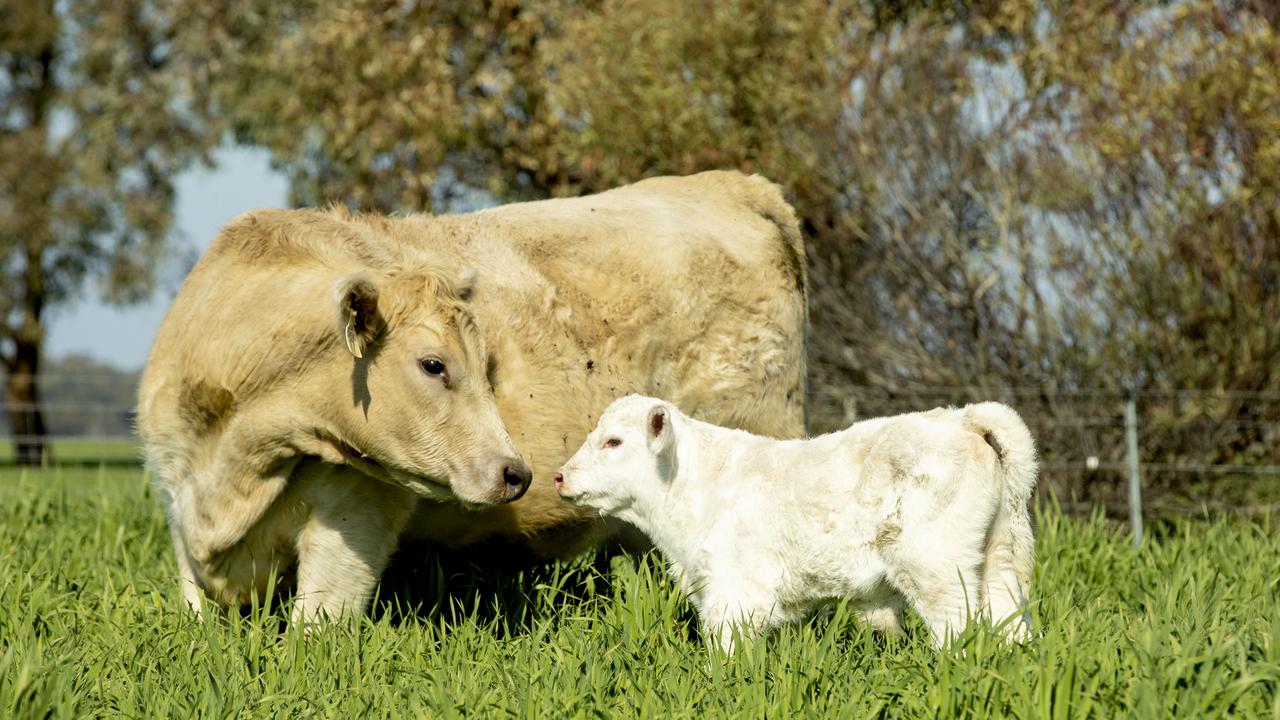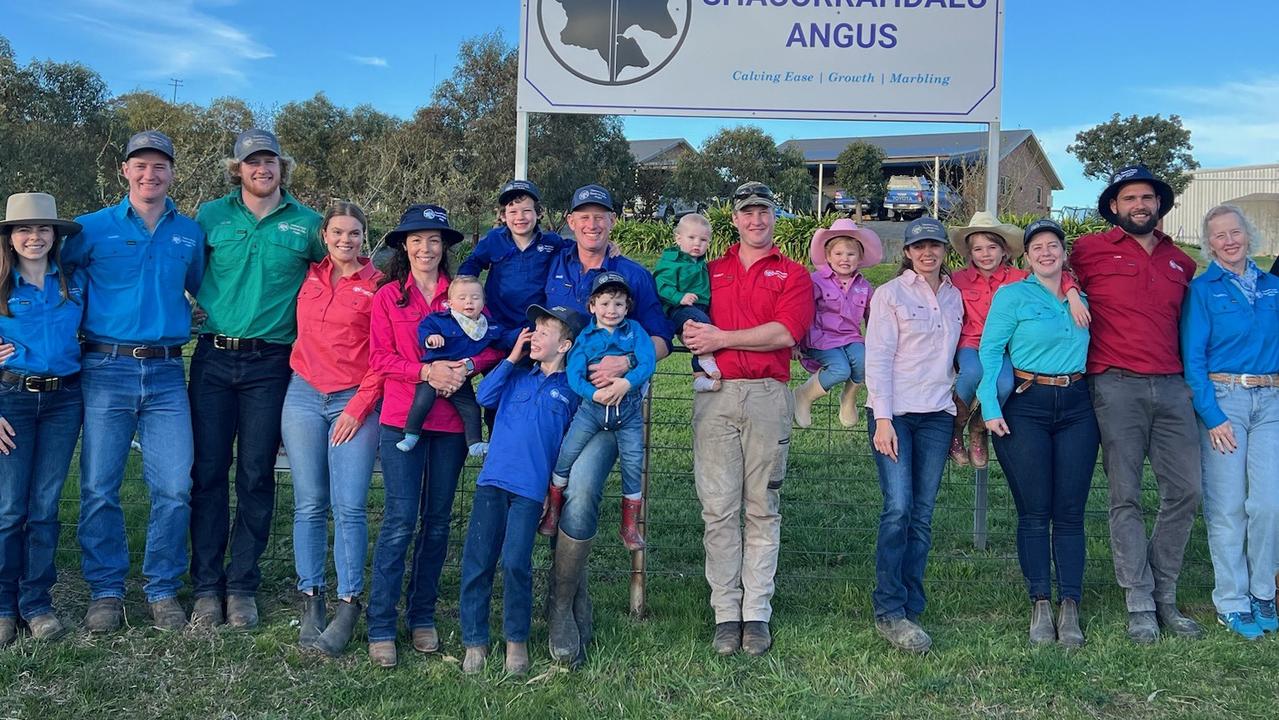Superfine Merinos and wine go hand in glove at Dunalley
The Dunbabins from Dunalley in south eastern Tasmania produce fine wool and a run a vineyard, with a focus on sustainability and production gains.
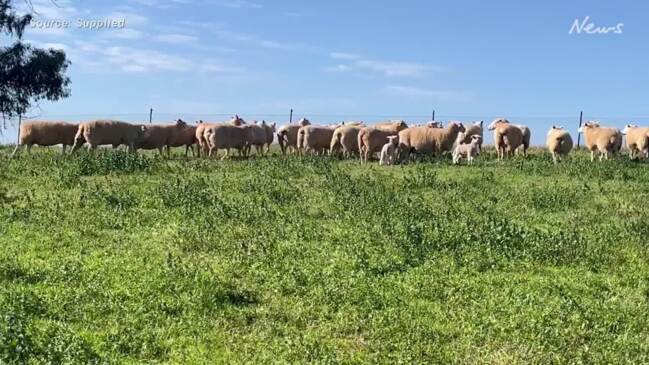
Diversification and working with matching the best enterprises to suit the environment is a winning recipe for a farming business at Dunalley in southeast Tasmania.
Matt and Vanessa Dunbabin, along with children Henry, William and Amy, are the fifth generation to hold the reins at their Bangor property, and they want to achieve both sustainability and production gains.
While Merino sheep have always been a mainstay, the Dunbabins are also prepared to diversify and have added a winery with a cellar door and restaurant to the enterprise mix.
They also run dual-purpose Coopworth sheep to provide additional marketing options.
However, they are best known for producing wool that is fine enough to be used in high-class suits in the fashion houses of Milan and Paris.
While they don’t always follow the production supply chain exactly from the sheep to the retailer, they have learned that it isn’t unusual for their wool to end up in suits with a $30,000-plus price tag.
When asked about the various enterprises Matt laughed and said the winery was added so they could drown their sorrows after enduring the fluctuations of the superfine wool market.
In reality, the winery allowed them to use different soil types and topography to add value at the 6200ha property that receives an average annual rainfall of 650mm.
And while incorporating a winery sounds glamorous it was also a necessity. Farming, and life changed for people in the region after the 2013 Dunalley bushfires.
In January 2013 Tasmania was gripped by 40 fires that swept through the state and caused major damage at Dunalley and Forcett. More than half of Dunalley’s buildings including the local primary school were destroyed.
Diversifying income streams and attracting interest from tourism was an important addition to the property.
Wool continues as a mainstay but the winery and cellar door has become an integral part of the mix and employs 30 local staff.
In fact, the Dunbabins were recognised for branching out and won the 2015 Diversification Farmer of the Year award.
Bangor has also been identified as being carbon positive after undertaking a comprehensive assessment of the carbon emissions and sequestration of the whole farm. The property stores the equivalent of 1500 tonnes of CO2 each year.
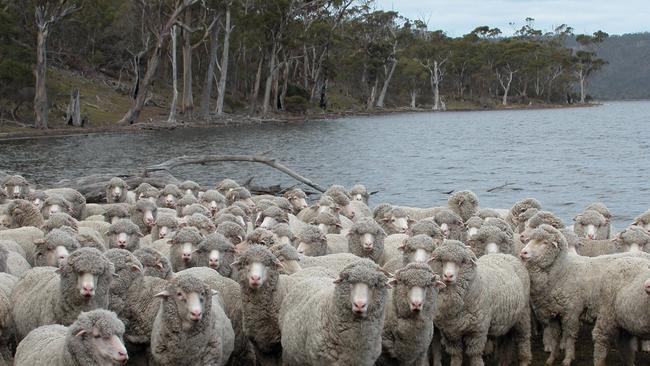
ENTERPRISES TO SUIT THE COUNTRY
Aside from the operation’s agronomics, Bangor is picturesque. The property boasts 35km of coastline looking out to the Tasman Sea.
Coastal weather prevails and provides a buffer to the extreme temperatures that the island state can be known for.
“Our winters are mild without the frosts, and our summers do not give us many days above 30C,” Matt said.
Bangor is also comprised of 85 per cent native forest and grasslands and there is a range of vegetation types for livestock.
Within the mix some of the land is not grazed at all, however, other parts can be lightly stocked and in particular this delicate country can accommodate superfine Merino wethers.
There’s also some areas sown to improved pasture species including temperate ryegrass, phalaris, cocksfoot, legumes and subclover. And the soil types are mostly clay loams.
“We have areas that are quite flat and low-lying, and these parts can get wet in the winter time,” Matt said.
There is also around 100ha of irrigation that is used to grow short-rotation brassica and grass crops for grazing and finishing prime lambs.
As well as the self-replacing Merinos, the Dunbabins run a Coopworth flock for their prime lamb operation.
Matt said the wool is almost a by-product in the crossbred sheep. He said the crossbreds have wool to keep the meat warm, while the Merinos have meat to carry the wool around.
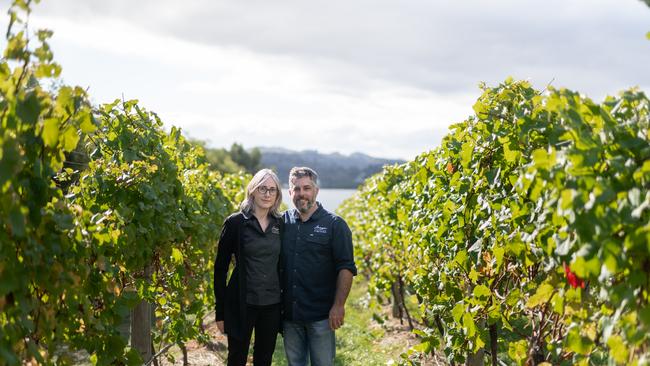
DUAL-PURPOSE SHEEP AND PRIME LAMBS
Bangor runs 3000 Merino ewes and 1500 Coopworth ewes. Some of the Coopworths are joined back to a Coopworth sire for the replacement side of the flock, while another portion is joined to a Poll Dorset to produce prime lambs.
“With the prime lambs we like to get them to trade weights if we can, most of our lambs are not finished to heavy specifications, we have to work with the seasons,” Matt said.
The trade lambs are mostly sold through AuctionsPlus.
When selecting genetics for their Merino flock the Dunbabins look for both micron and also fleece weight. The have been using rams from Yalgoo Merino stud at Walcha in NSW for 15 years.
The Merino ewes are shorn in May, hoggets in September and wethers in November.
“It is getting harder to get shearers. We don’t have any unshorn sheep, but there is definitely a shortage of shearers,” Matt said.
Ewes are joined in April, with a rate of one to two rams per 100 ewes, and then weaning is in December.
In the Coopworth flock the lambing percentage, measured at weaning, averages around 140 per cent with quite a bit of variation between seasons.
The Merinos, also measured at weaning, have been achieving 110 per cent in the mature-age ewes.
Any surplus sheep are sold on AuctionsPlus, with some sales directly to processors.
Wool from the Dunalley property has been used by the high-end fashion label Loro Piana and other exclusive labels.
They recently sold some of their Merino wool, 14.7 microns, for 3250c/kg.
However, Matt said marketing the lower micron superfine categories also attracted more volatility.
“You are at the mercy of the market, and sometimes it can be disappointing because you are putting an enormous amount of care and effort into growing premium-quality wool and you don’t always see the rewards,” he said.
“At the end of the day, wool is a commodity.”
“When people in Europe and North America are not buying suits, then your wool (price) falls,” he said.
SUSTAINABILITY IN MANAGEMENT DECISIONS
The sheep at Bangor are not mulesed, and the Dunbabins have taken that approach for 20 years.
“It is not hard; you just put the mulesing shears away,” Matt said.
“The sheep have been fine, and we do pay attention to our sheep during the selection process. They can get a bit daggier, but that comes down to management,” he said.
He said the wool was sold through non-mulesed programs, and there was a small premium.
Having the Coopworth sheep as well as Merinos has allowed the Dunbabins to utilise some of the areas of the property that aren’t suitable for the superfine Merinos.
“We are able to use the Coopworths on the wetter grasslands,” Matt said.
He said the aim was to have enterprises that suited different parts of the property.
“With the vineyard, aside from being an interesting industry to be involved in it is also about increasing production and diversification,” he said.
The 8ha vineyard was established 15 years ago, and the cellar door and restaurant sales opened five years after that.
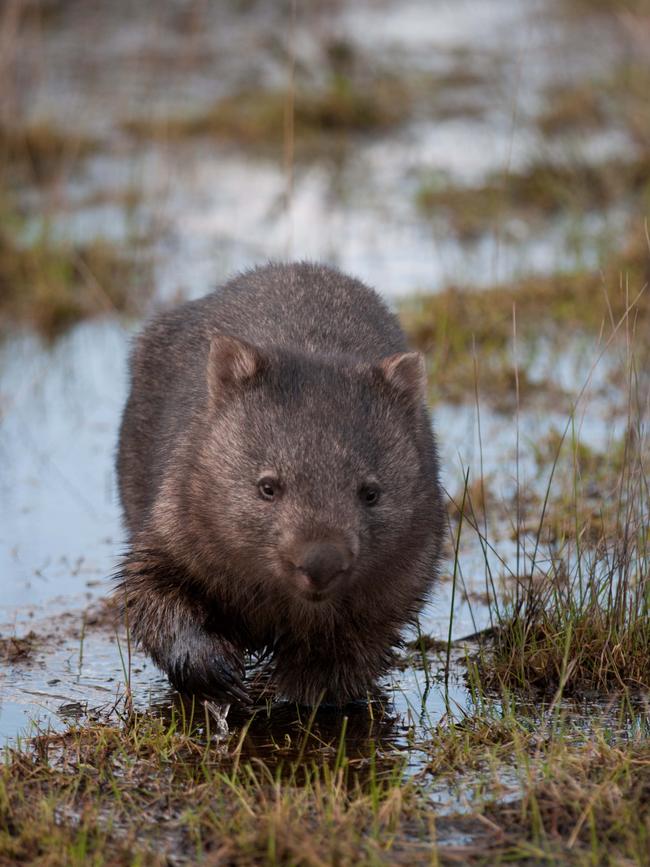
The restaurant and cellar door provides a gateway for farm and vineyard tours, wine tasting and can accommodate functions.
“We enjoy living here, and it is such a beautiful property in a beautiful part of the world,” Matt said.
However, he concedes that he did not expect to receive the enormous number of visitors that turned up during the first year the Bangor Vineyard Shed was open.
Nature conservation is at the heart of everything the Dunbabins do on the property that has been in their family since 1890.
There is 2000ha of conservation reserves across the property.
“This is always uppermost in our mind with any management decisions,” Matt said.
Bangor has 130 species of birds including wedge-tail eagles, swift parrots, and sea eagles. There are also Tasmanian devils, wallabies, wombats, quolls and bettongs.



